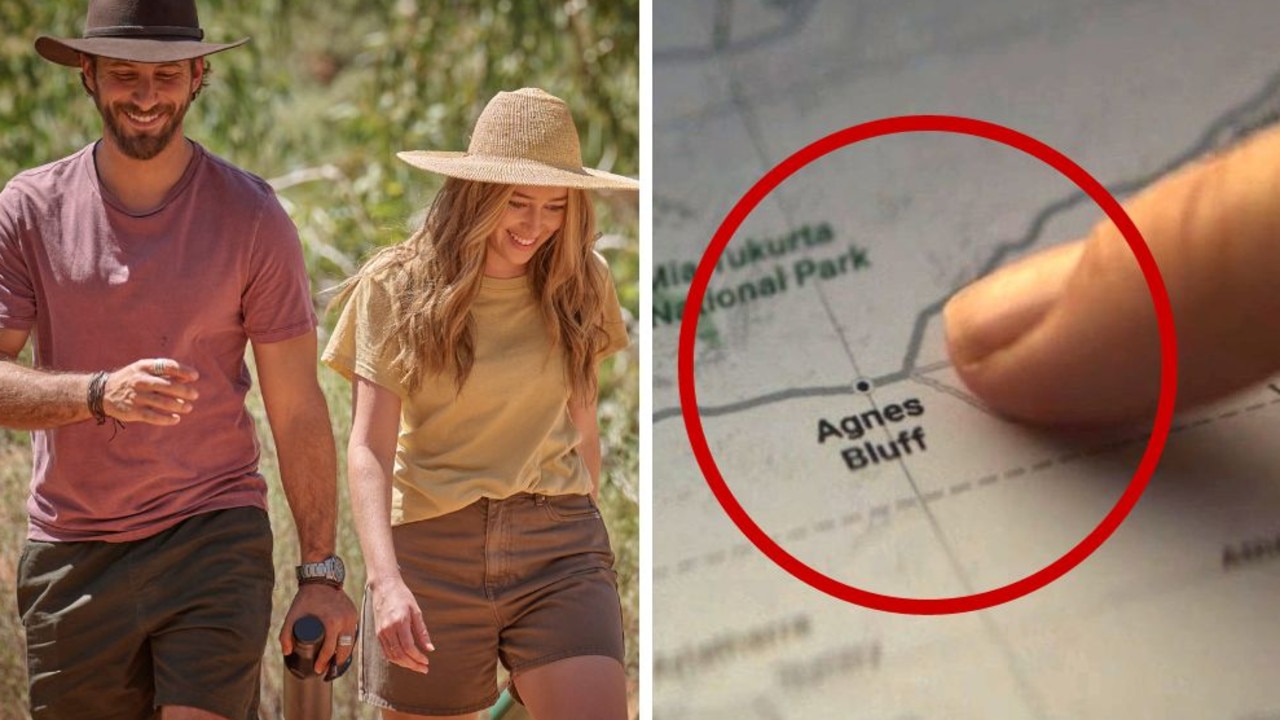The biggest question about Uluru Australians want answered
A controversial ban is set to change the history of Uluru forever, but there’s a big question Australians want answered.
Saturday will mark a monumental moment in the long history of Australia’s most famous rock.
Tourists will be banned from climbing Uluru from October 26, ending a decades-old bucket list activity that has drawn millions of tourists across the world to Australia’s Red Centre.
The controversial decision to ban climbing, first announced in 2017, has ignited debate across the country and triggered a “crazy” rush of tourists keen to climb the rock before they miss out.
But amid the hype of the climbing ban, the biggest question about Uluru that Australians want answered has nothing to do with the ban at all. In fact, according to Google Trends, the top-searched question about Uluru is about how the magnificent rock got there in the first place.
HOW WAS ULURU FORMED?
Stories handed down from generation to generation by the Anangu people, who are the traditional owners and guardians of Uluru, describe how their ancestors created the magnificent landmark.
But geologists have their own explanation.
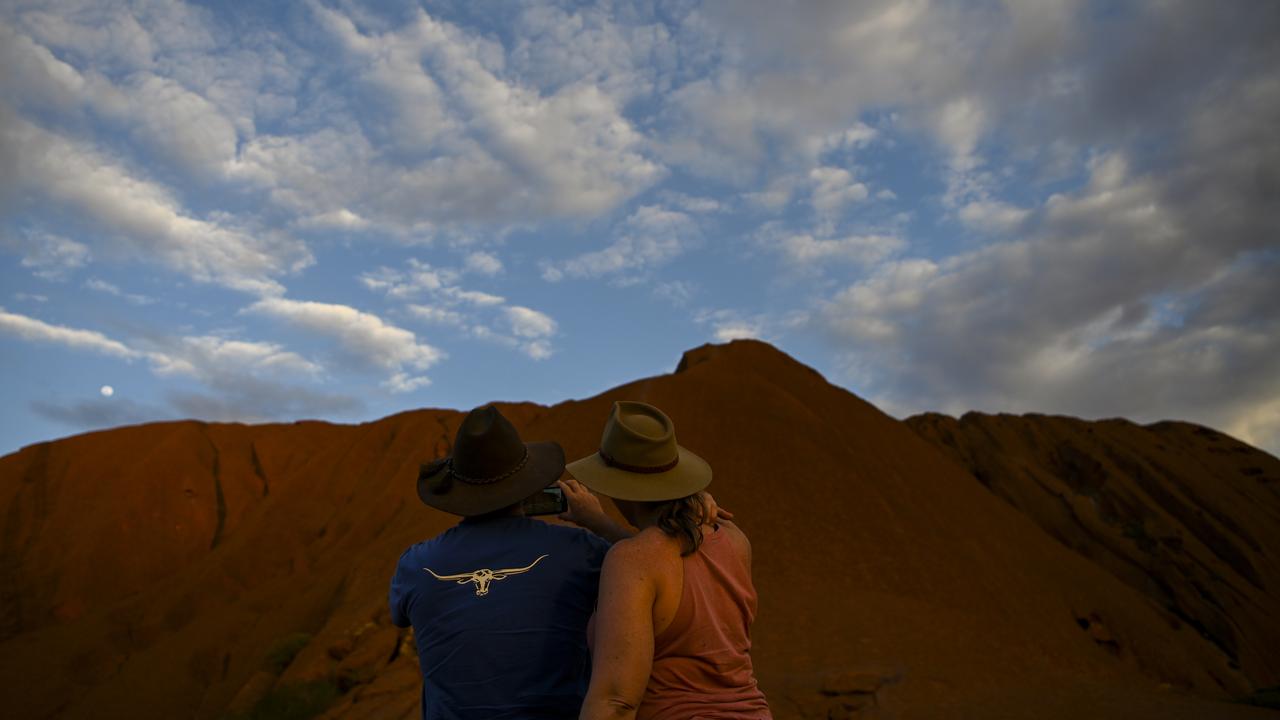
Uluru’s origin goes back about 500 million years to the Petermann Ranges in central Australia, where the mountains used to be a lot bigger than they are today. The mountains had been thrust up during a rapid mountain-building period and reached a size comparable to the current-day Himalayas, but with no plant cover to protect them, they quickly eroded.
The eroded materials would eventually form Uluru.
“What we see in Uluru is almost just shedding of granite,” geologist Dr Marita Bradshaw told ABC science in 2017.
With time an inland sea developed in an area of central Australia known as the Amadeus Basin. The materials that would form Uluru — as well as nearby Kata Tjuta formations — became covered by sand and mud.
Deep underground and under great pressure, the materials pressed together over time, changing from sediment to rock.
Another mountain-building event, called the Alice Springs Orogeny, happened about 400 million years ago and played a role in Uluru’s formation.
“What that does is really push down and fold the rocks that become Uluru and Kata Tjuta,” Dr Bradshaw said.
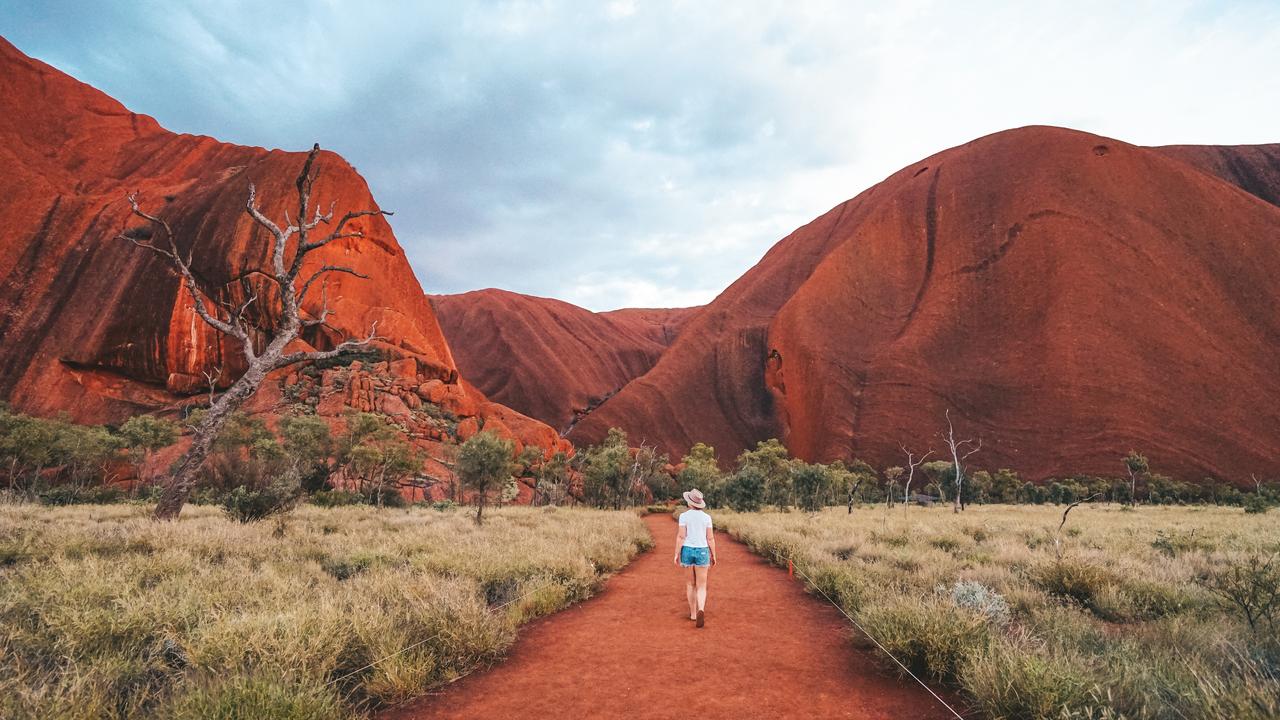
Eventually, as the sea drained and the softer rocks washed away, Uluru emerged. The famous rock is made from arkose, a course sandstone.
“And it stands together as a really coherent and welded-together rock that has been etched and polished over tens of millions of years to be the beautiful Uluru that we see now,” Dr Bradshaw said.
These are the other top questions about Uluru that Australians searched online this year.
WHERE IS ULURU?
Uluru is in the centre of Uluru-Kata Tjuta National Park, in the southwestern corner of the Northern Territory. This area also includes the famous Kata Tjuta rock formations.
Most tourists visit Uluru from Alice Springs, which is about a 5.5-hour drive away. About 20km north of Uluru is the tourist town of Yulara, just outside the national park boundary.
HOW OLD IS ULURU?
The origins of Uluru is said to date back 500 million years, which means it is 250 million years older than the dinosaurs. By comparison, the Grand Canyon is said to date back 70 million years. The Himalayas started rising about 25 to 30 million years ago.
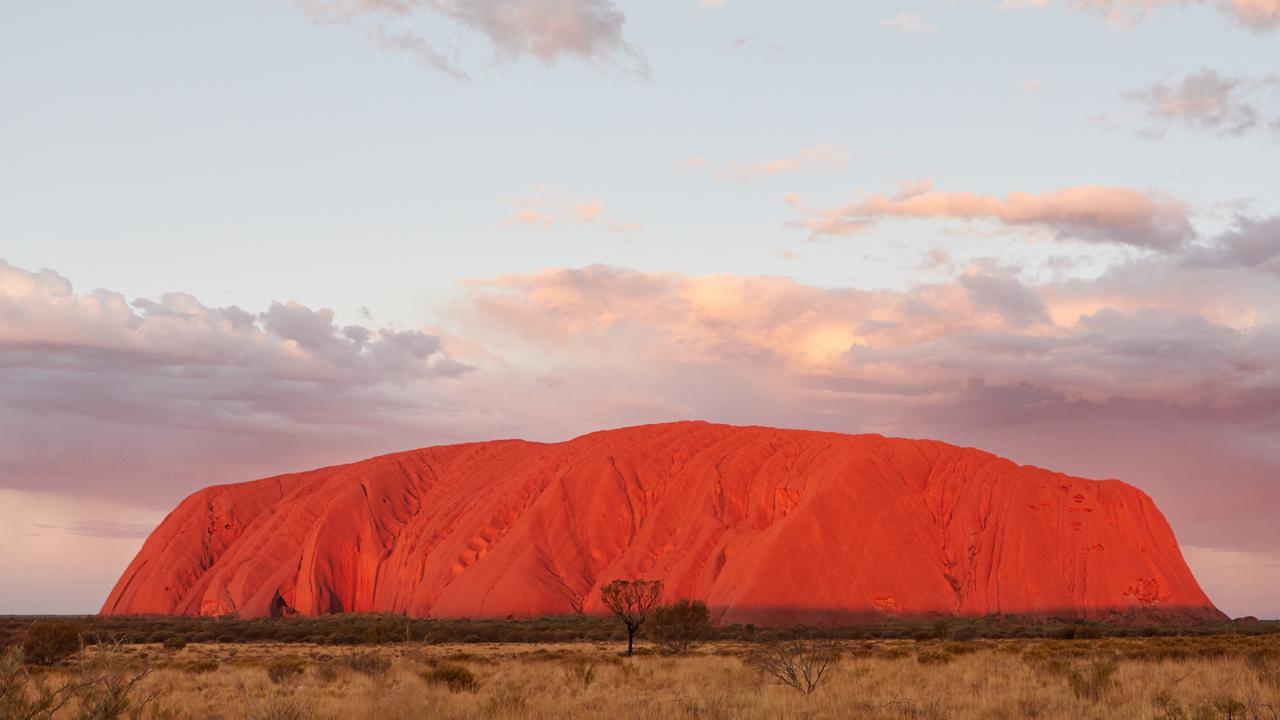
CAN YOU CLIMB ULURU?
Not from October 26, 2019. From that date, tourists will be banned from climbing Uluru but they can still visit the iconic rock and see the majestic rock up close.
WHAT IS ULURU?
Geologically speaking, Uluru is a inselberg (“island mountain”) made from sandstone. It is famous for appearing to change colour at particular times of the day, such as dawn and sunset, and is home to many springs, waterholes and rock caves, as well as rare plants and animals.
Uluru is also a site of deep spiritual and cultural significance to the local Anangu people, the traditional landowners of Uluru-Kata Tjuta National Park. It is recognised as a UNESCO World Heritage Site.
HOW TALL IS ULURU/HOW BIG IS ULURU?
The mighty rock stands 348 metres high, making it taller than the Eiffel Tower (324 metres), the Chrysler Building (319 metres) and Sydney Tower (309 metres). It’s about 3.6km long and 2.4km wide.
But the actual structure continues to stretch many kilometres below ground level — what we see is the tip of the iceberg.
The Northern Territory Geological Survey calculates Uluru’s weight as 1,425,000,000 tonnes.
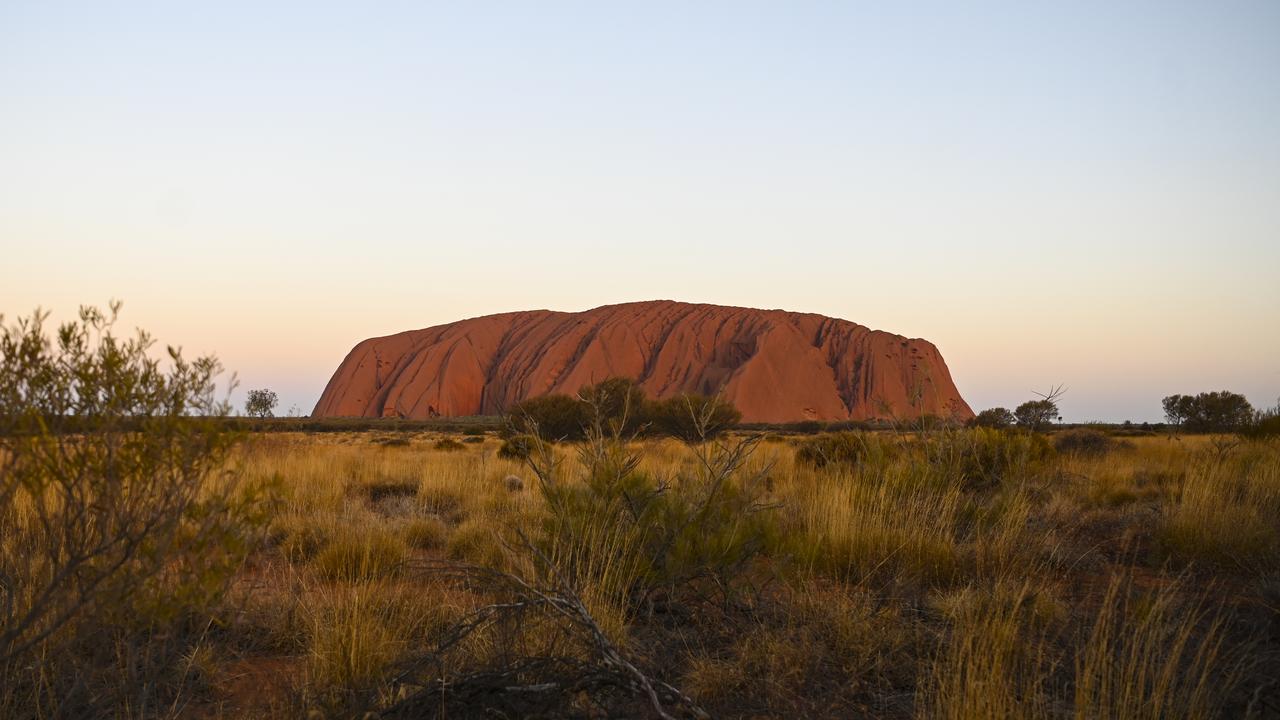
WHY IS ULURU IMPORTANT AND SACRED?
According to the Dreamtime stories of the Anangu people, Uluru was created by their ancestors as they travelled the land at a time it was featureless landscape. It is considered evidence of the spirits’ feats.
Features of the rock, such as lines and caves, have their own meanings.
The spirits of the creation ancestors are believed to remain in Anangu land. Rituals and traditional ceremonies are still performed at Uluru, making it an important site for cultural identity. Ancient rock art at the site dates back thousands of years.
WHAT IS ULURU MADE OF?
The rock is composed of arkose, which is a course-grained sandstone, and very hard.
Its famous red colour is due to the oxidising — or rusting — of iron-bearing minerals in the arkose over thousands of years in the desert. Fresh rock, which hasn’t been exposed to the atmosphere — and therefore hasn’t been oxidised — is grey in colour.



